New Formula in the Sealing Industry: PTFE Filled Carbon Fiber and MoS₂
Earlier, we discussed that PTFE filled with carbon fiber(CF) and graphite is applied in the sealing industry, particularly suitable for complex working conditions. Today, we will explore PTFE filled with CF and MoS₂, which is also suitable for harsh working conditions such as high temperature and high pressure. Moreover, this new formula has greater advantages in dry and dusty environments.
In harsh industrial environments, the performance of seals is directly related to the reliability, efficiency, and operating costs of equipment. Traditional virgin PTFE occupies an important position due to its excellent chemical resistance and low friction coefficient. However, its inherent cold flow property (creep) and insufficient wear resistance limit its application in high-parameter working conditions. A composite material integrating PTFE matrix, CF and MoS2 has emerged, significantly improving the comprehensive performance of seals and becoming an ideal choice for harsh working conditions.
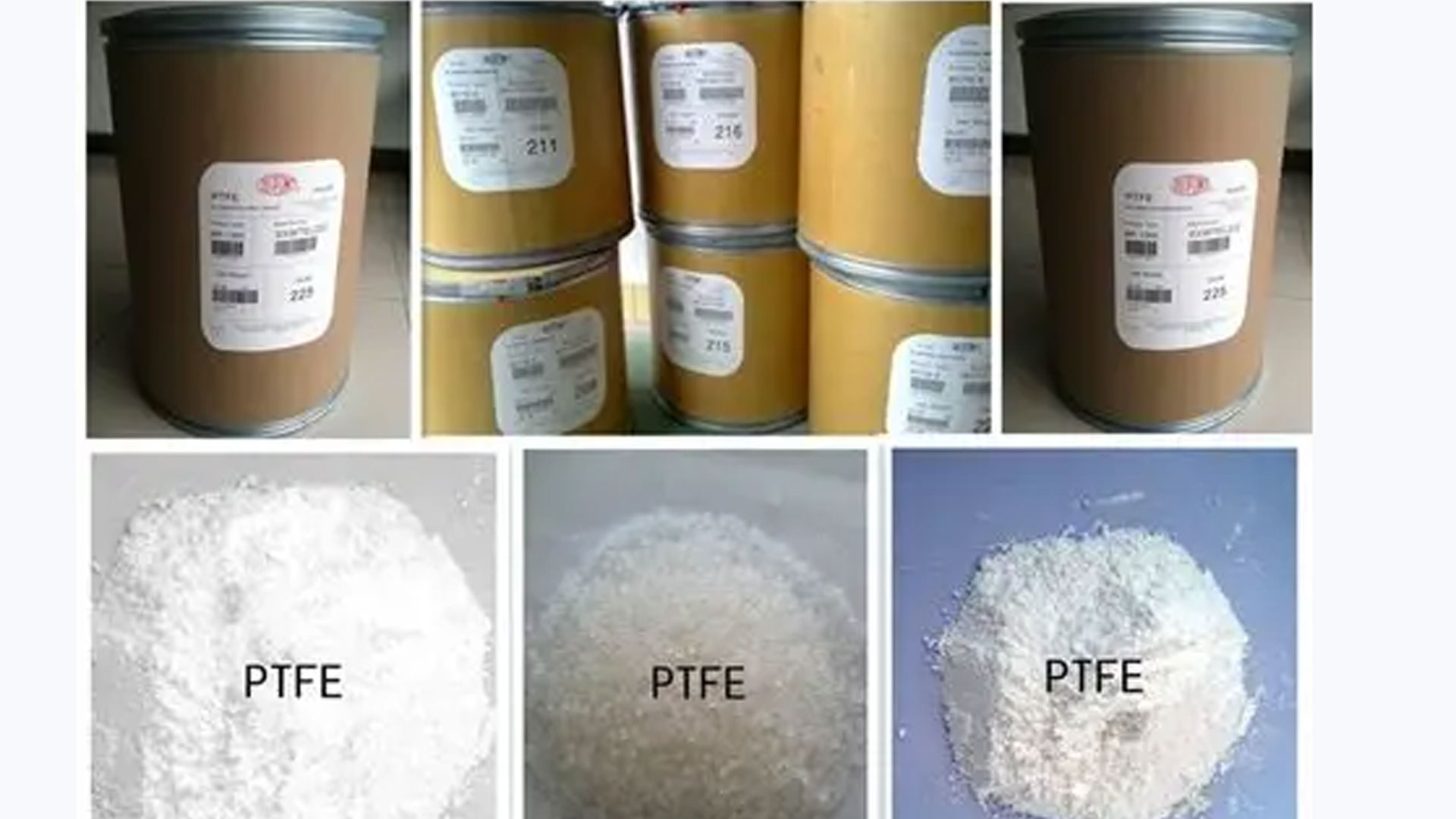
PTFE provides core chemical inertness (resistant to almost all strong acids, strong alkalis, solvents, and oxidants), broad-spectrum temperature adaptability (-200°C to +260°C), and the lowest dry friction coefficient (initial value as low as 0.04) among the material family.
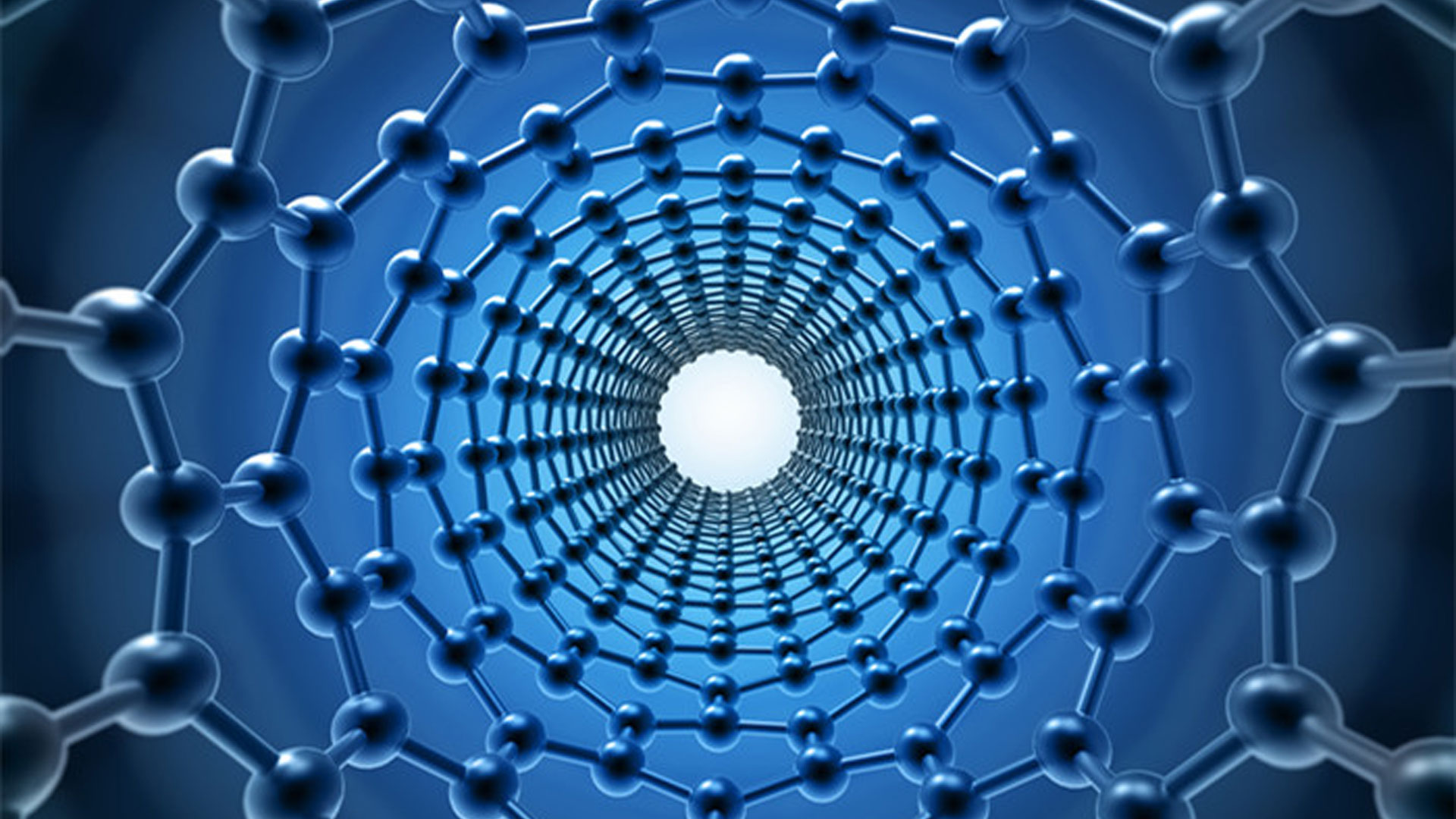
Carbon Fiber: A key structural reinforcement. Long or short-cut carbon fibers embedded in the PTFE matrix greatly enhance the material's properties:
1,Compressive strength and dimensional stability;
2,Thermal conductivity is several times higher than that of pure PTFE, which is conducive to the dissipation of frictional heat and reduces the risk of thermal stress and local overheating;
3,Improved extrusion resistance.
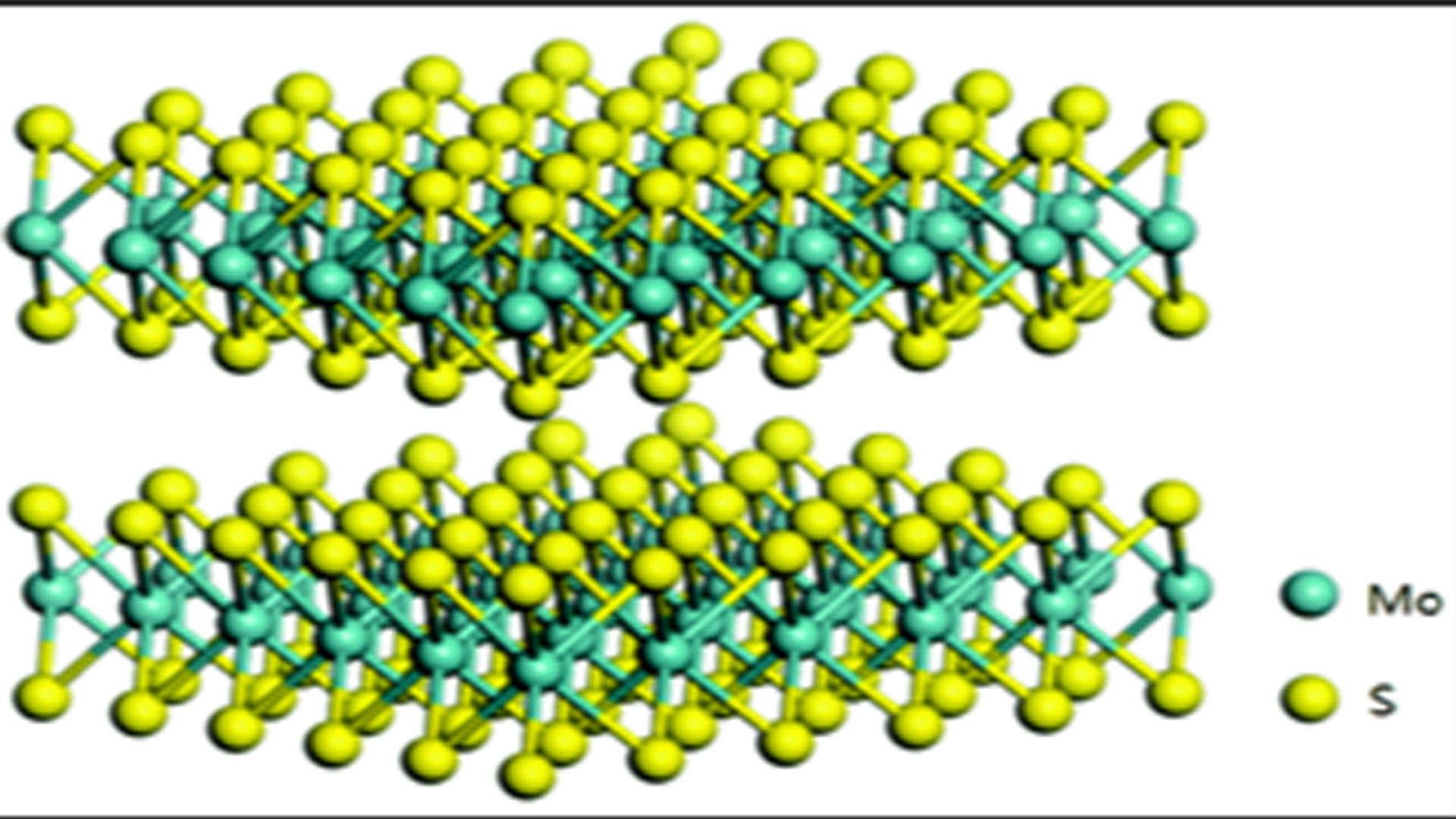
MoS₂ : A classic solid lubricant that plays a core lubricating role:
1,The MoS₂ lamellae are easy to slide under shear force, providing an extremely low and stable dynamic friction coefficient (which can be reduced to 0.1-0.15);
2,Effectively covers the metal mating surface and reduces adhesive wear;
3,Works together with carbon fiber to form a composite anti-wear system of "framework support + high-efficiency lubrication".
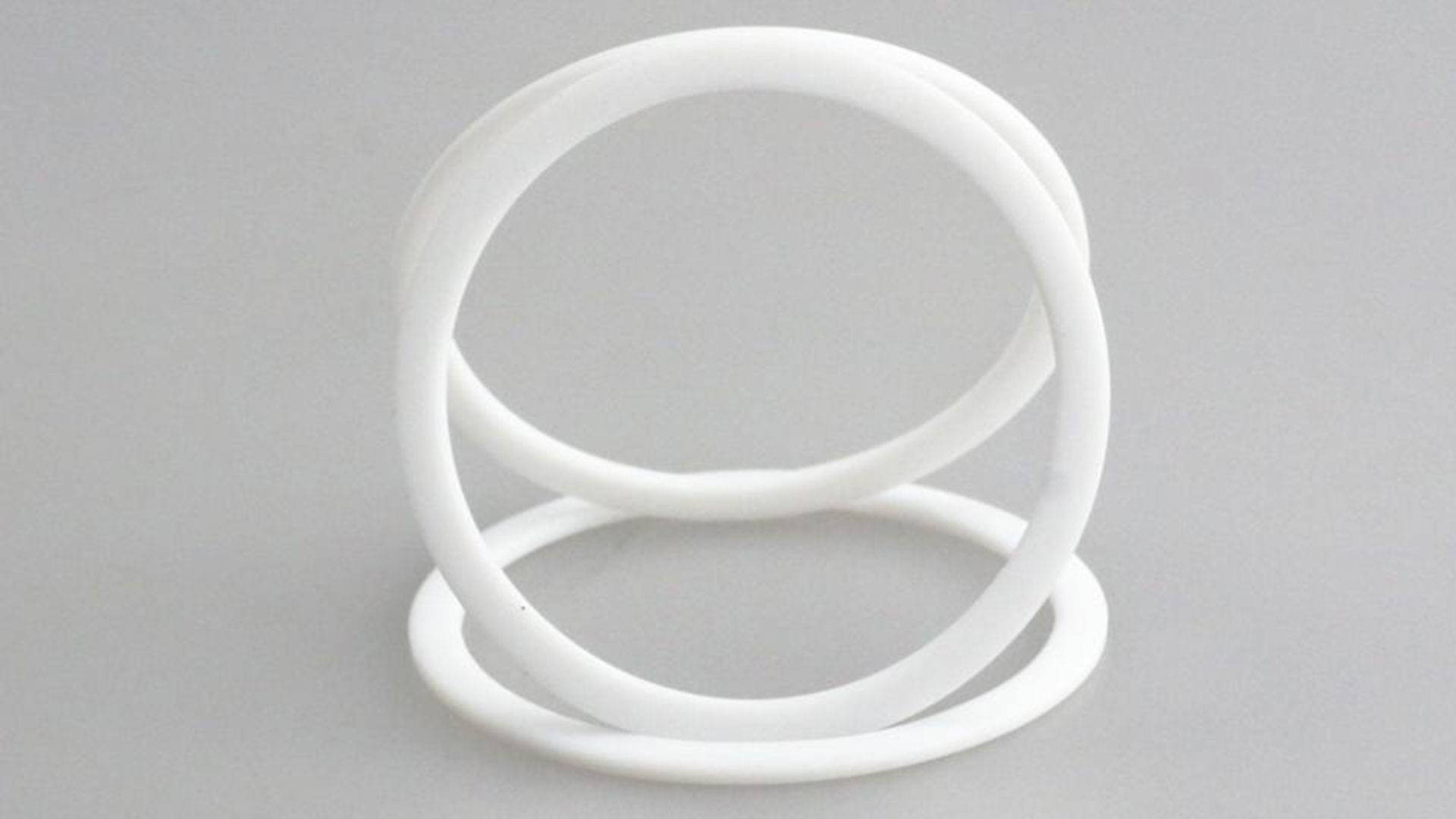
Advantages and Disadvantages
I. Advantages
1. Excellent High and Low Temperature Resistance
2. Extremely Low Friction Coefficient and Self-Lubricating Property
3. High Strength and Creep Resistance
4. Excellent Chemical Corrosion Resistance
5. Good Wear Resistance and Extrusion Resistance
6. Good Dimensional Stability
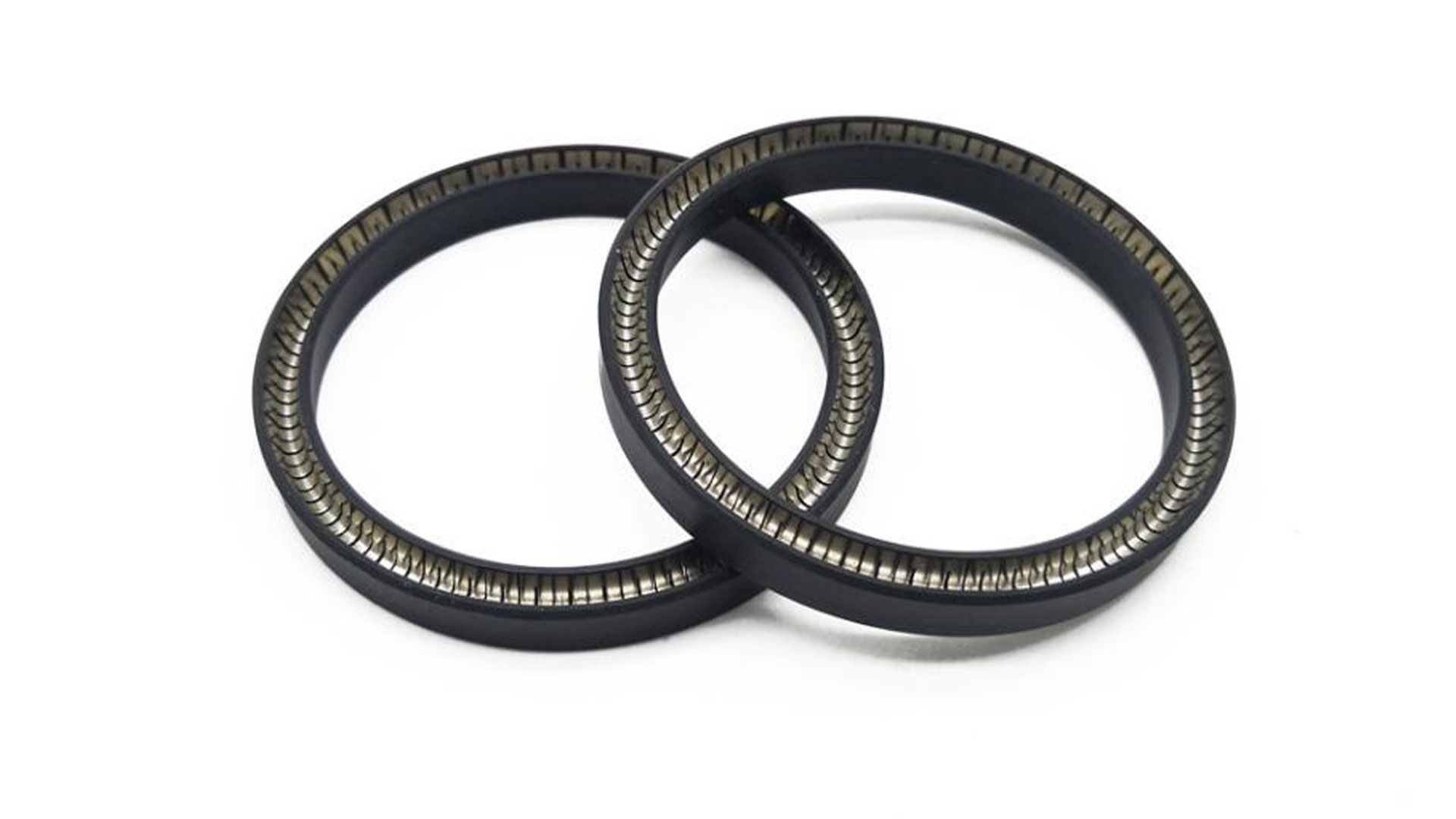
II. Disadvantages
1. High Processing Difficulty
2. Decreased Flexibility and Increased Brittleness
3. High Cost
4. High Requirements for Mating Surface Precision
5. Risk of Conductivity
Key Application Fields
1,Heavy-Duty Industrial Hydraulic Systems: High-pressure cylinder piston/rod seals, guide rings (especially for working conditions with high PV values and lateral loads).
2,Gas Compression/Transmission: Compressor (including oil-free lubrication) piston rings, stuffing box seals, valve seals (withstanding high-temperature and high-pressure gases).
3,Chemical Process Pumps and Valves: Rotating shaft seals, valve stem seals (resistant to highly corrosive media and high-speed rotation).
4,Energy Equipment: Seals for oil and gas drilling and production equipment, seals for liquefied natural gas (LNG) cryogenic pumps and valves.
5,High-Performance Vehicles: Hydraulic and pneumatic seals for racing cars and construction machinery.
6,Aerospace and Semiconductors: Seals requiring ultra-high cleanliness, resistance to space environment media, or special gases.
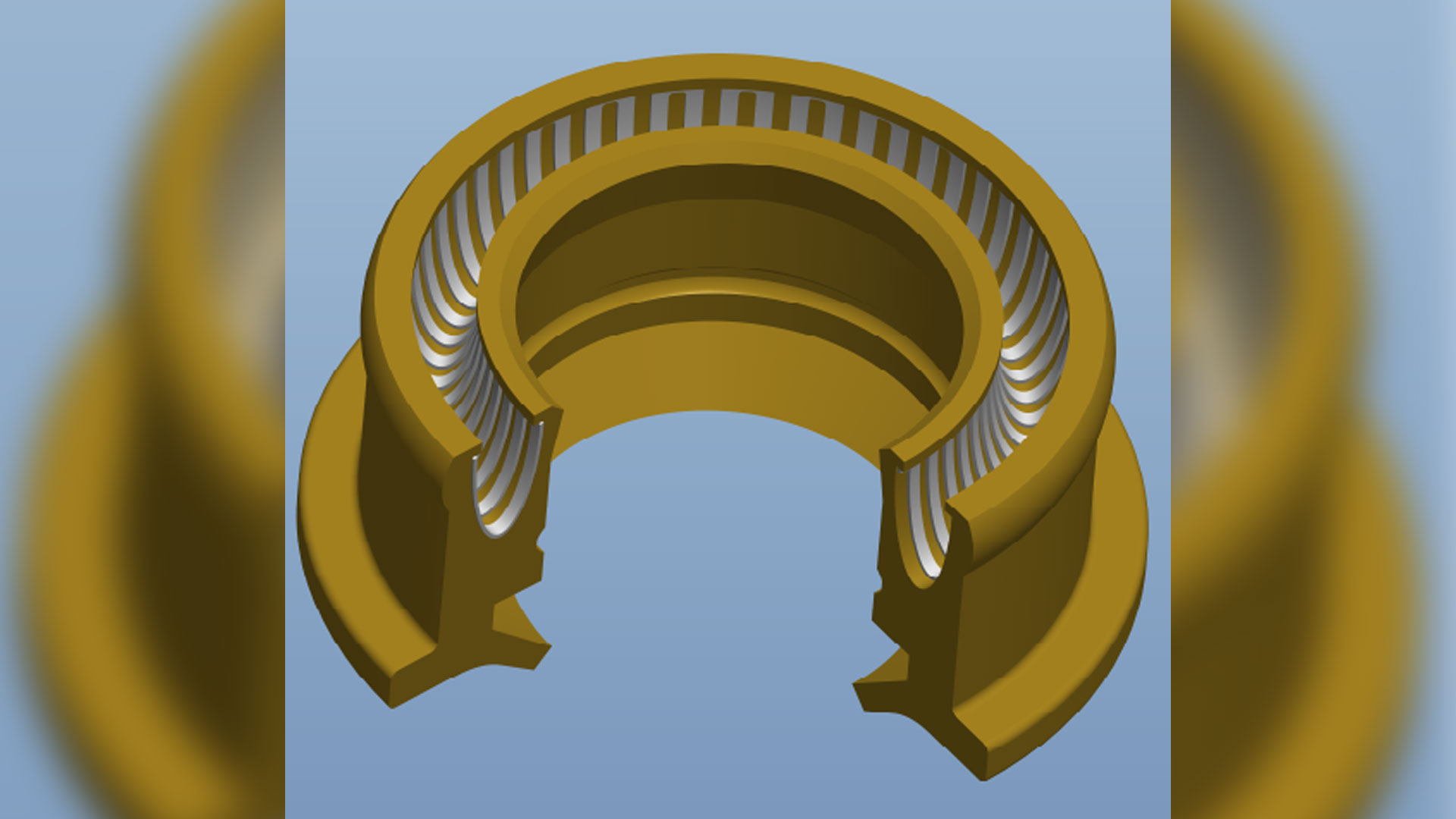
Summary
The composite seal ring composed of PTFE + CF + MoS₂, through exquisite formula design and synergistic effect, achieves a perfect combination of high strength, high rigidity, excellent dimensional stability, outstanding thermal conductivity, ultra-low friction coefficient, and excellent wear resistance. It has successfully broken through the performance bottlenecks of pure PTFE and single-filled modified PTFE, and demonstrated extraordinary adaptability and durability under extremely harsh conditions such as high pressure, high speed, wide temperature range, strong corrosion, and oil-free or boundary lubrication. It has become a key sealing solution for modern industry to improve equipment reliability, efficiency, and long-cycle operation life.




Products
Why did my O-ring fail prematurely?
When should I use a spring-energized seal instead of a standard elastomeric seal?
What is the difference between NBR and FKM materials?
What is the purpose of the metal spring in a rotary shaft seal?
What does "AS568" mean?




Stay Updated with Industry Insights
Subscribe to our articles and receive the latest news, expert guidance, and technical updates directly in your E-mail.
Rest assured that your privacy is important to us, and all information provided will be handled with the utmost confidentiality.
© 2025 Polypac Seals. All Rights Reserved.














dms
DMS
DMS